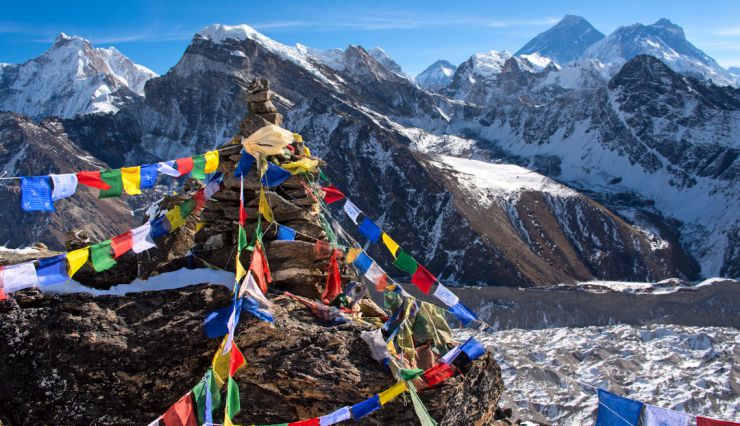What is the full name of Nepal?
Unlocking the Full Name of Nepal: A Journey Through Its Layers
Nepal, a land of breathtaking landscapes and diverse cultures, carries a name that encapsulates its political, historical, and cultural essence. The official name of this South Asian nation is the "Federal Democratic Republic of Nepal" (संघीय लोकतान्त्रिक गणतन्त्र नेपाल in Nepali). This appellation is not merely a string of words; it is a reflection of the country's journey through time, its linguistic roots, and its commitment to democratic governance.
1. Etymology and Evolution:
The term "Nepal" traces its origins to the Sanskrit word "Nepa," initially denoting the Kathmandu Valley. Over time, the name expanded to encompass the entire nation, evolving into the familiar "Nepal" we recognize today. This linguistic evolution reflects the country's growth beyond its geographical confines.
2. Sanskrit Influence:
Deeply rooted in Sanskrit, an ancient Indo-Aryan language, Nepal's name signifies its historical connection to classical literature, scriptures, and cultural expressions. The influence of Sanskrit extends beyond linguistic conventions, shaping the very fabric of Nepal's identity.
3. Historical Significance of Kathmandu Valley:
The Kathmandu Valley, a cultural and historical nucleus, played a pivotal role in shaping Nepal's nomenclature. The name "Nepal" is intrinsically tied to the valley's ancient civilizations, Malla kingdoms, and the enduring legacy of its architectural and artistic heritage.
4. Cultural Tapestry and Sage Ne:
Nepal's diverse cultural tapestry is woven from the threads of various ethnic groups, each contributing to the country's unique identity. According to Hindu mythology, the name "Nepal" is associated with the sage Ne, adding a mythical layer to its cultural significance.
5. Transition to a Federal Democratic Republic:
The name takes on added significance in the context of Nepal's political evolution. In 2008, the country transitioned from a monarchy to a federal democratic republic, reflecting its commitment to democratic governance and its aspirations for a more inclusive political structure.
6. Linguistic Heritage:
While Sanskrit provides the foundation, the name "Nepal" exists in various linguistic forms. In Newari, the indigenous language of the Kathmandu Valley, it is known as "Nepa," and in Tibetan, it is referred to as "Nai Phal," showcasing the linguistic diversity within the country.
7. The Symbolism of "Federal":
The inclusion of "Federal" in the name emphasizes Nepal's commitment to a federal structure of governance. This reflects the nation's recognition of diverse ethnicities, languages, and cultures within its borders, promoting unity in diversity.
8. Democratic Ideals:
The term "Democratic Republic" underscores Nepal's commitment to democratic ideals and governance. It serves as a reminder of the people's voice and their role in shaping the nation's destiny, a principle enshrined in the very essence of the country's name.
9. International Representation:
On the global stage, the full name "Federal Democratic Republic of Nepal" represents the country's identity in international treaties, diplomatic engagements, and official documents. It encapsulates Nepal's political system, values, and commitment to democratic governance.
10. Conclusion:
In conclusion, the full name of Nepal, the "Federal Democratic Republic of Nepal," is a multi-faceted expression that goes beyond a mere designation. It intertwines linguistic roots, historical significance, cultural richness, and political commitment, encapsulating the essence of a nation that has evolved through time while staying true to its diverse heritage.

Comments
Post a Comment
If you have any doubts. Please let me know.